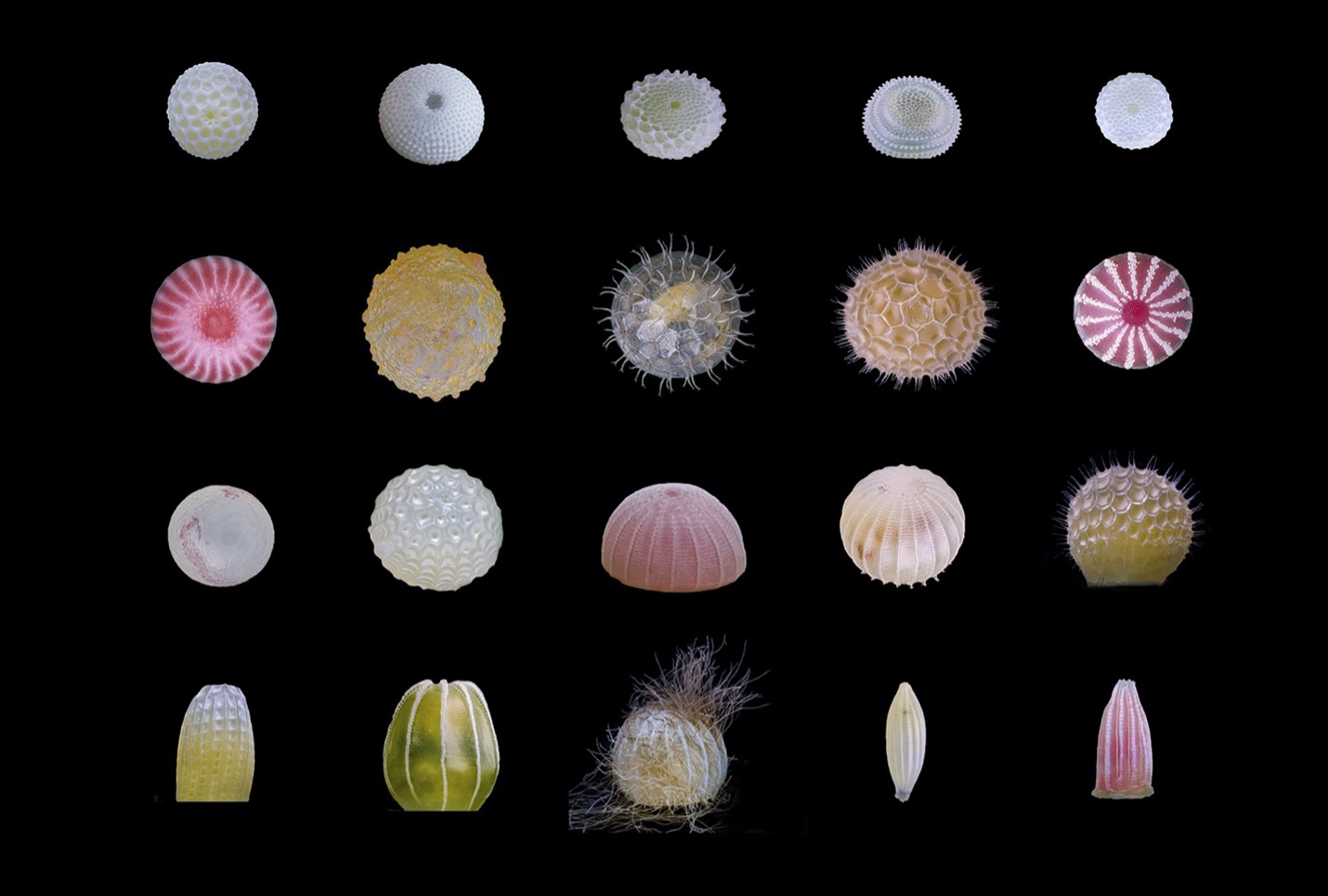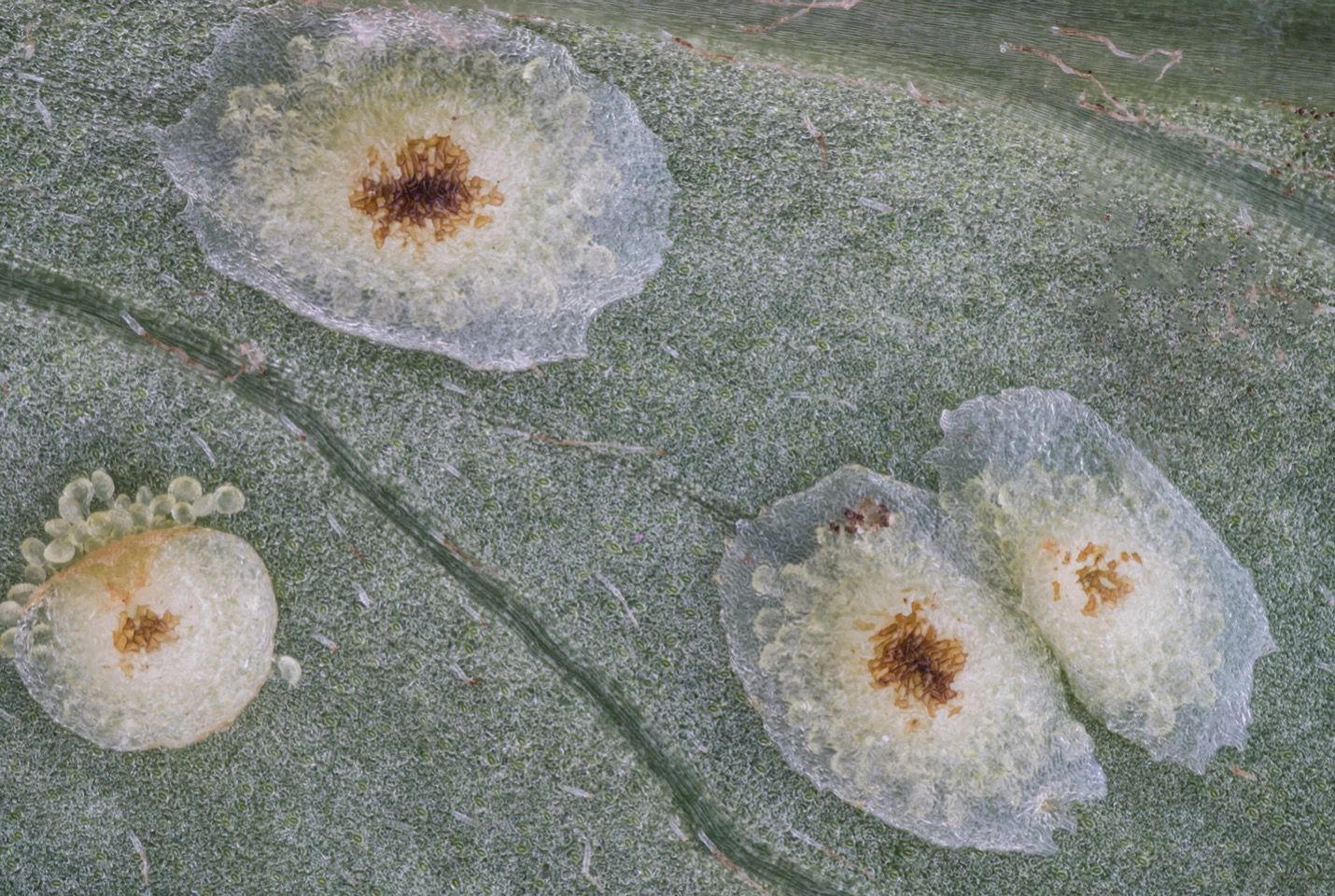Maintaining an open attitude toward a boundless unknown
Amino acids are one of the fundamental building blocks of all living things. Their crystallization process, unseeable by the naked eye, is a thing of beauty, as the acids elegantly expand and collide in intricate, unpredictable patterns.
This ever-changing and uncertain beauty is what attracted Zhigang Zheng to the shapes and colors of amino acid crystals. According to Zheng, our own cognitive abilities can seem insignificant when we start investigating the unseen and boundless universe of amino acids, an invisible world he says he holds in the highest reverence. Based on this fascination, Zheng utilized polarizing mirrors and refractive light to capture the natural amino acid crystallization process in his prize-winning
timelapse video.
The winner of Evident’s first-ever Image of the Year video category, Zheng, of China, was awarded this recognition for his mesmerizing video colorfully depicting amino acids as they crystallize. Zheng received his choice of an Olympus CX23 upright microscope or SZ61 stereo microscope for his work.
Congratulations on being named our first-ever video winner! What does your winning video show us?
My award-winning work is a timelapse video of the process of amino acid crystallization.
Evident Image of the Year video winner: Amino acid crystallization process video captured by Zhigang Zheng of China.
What did you find personally exciting about this image?
The crystal shapes and colors generated by different amino acids, different mixing ratios and different polarization directions are all different. It is these ever-changing and uncertain beauties that attract me.
How did you create this video?
To create this video, I used a digital camera to connect a suitable tube lens, then connected it to the objective lens of a microscope, magnified the samples by 10 times and captured their natural crystallization process.
Did you face any challenges when creating this video?
In order to enrich the shape and color of the crystals, I mixed glutamine and alanine in a certain proportion; at the same time, this crystal itself has no color. I added a polarizing mirror to the top and bottom of the specimen. Due to the different thicknesses of the crystal and the different refractive indices of light in different directions, adjusting the angles of the two polarizing mirrors can control the intensity and angle of light passing through, thus causing color changes in the
crystal and facilitating our observation.
Why did you choose amino acids as the focus of your entry for the competition?
I was first exposed to amino acids when I was in college. They are one of the fundamental substances that make up living organisms, and we cannot directly observe their crystallization process with the naked eye. I wanted to capture this process in a specific way and showcase its beauty to the world through this competition.
Is there a message inspired by this video?
Faced with the vast and boundless universe and the complex and ever-changing natural world, human cognitive abilities appear so insignificant. We should maintain humility and reverence, which is not only a respect for the natural world but also a sustained passion for knowledge exploration and an open attitude toward the unknown.
When did you first learn to use a microscope?
I learned to use microscopes as early as the 1980s when I was studying medicine. I entered the field of microscopic photography three years ago.

The winner of the inaugural Image of the Year video category, Zhigang Zheng captured his winning timelapse video of the amino acid crystallization process through the use of polarizing mirrors and refractive light.
What first gave you the idea that microscopes could be used to create art?
Photography is my hobby. I have been exposed to ecological photography for 15 years, and I am particularly interested in the life history of butterflies. Three years ago, in order to capture the tiny structure of butterfly eggs clearly, I entered the field of microscopic photography. Through a microscope lens, I magnified small specimens measured in millimeters or even micrometers by 5-20 times, and the structures of butterfly eggs presented before me looked like corn stalks, crowns, cakes,
etc., which can be described as stunning. From then on, I was deeply attracted by the beauty of another dimension in the microscopic world.

Various butterfly eggs. Captured by Zhigang Zheng
What do you find most fascinating about microscopy?
It opens another door for us, leading us into a world beyond the reach of the naked eye, revealing beauty from another dimension.
Where do you think this fascination stems from?
The natural world is complex and ever-changing, and we can only observe a small part through perception. For phenomena in the microscopic world, we can only rely on tools and technology to expand our cognitive scope. Unknown things are always so attractive.

Pteridophyte spores. Captured by Zhigang Zheng.
What do you do professionally?
I work in medicine. Photography is my hobby, and it is the art that attracts me.
What are you currently working on artistically?
I have captured and recorded the entire life history of almost 100 species of butterflies in China, from eggs to larvae, pupae and even adults.
What kind of experience do you have with Evident and Olympus microscopes?
Evident has excellent optical equipment manufacturing enterprise with a century-long technological heritage. The Olympus UPLANSAPO series objective lens is a good choice. Its resolution is relatively high, and the working distance is not too short, which is conducive to lighting during microscopic photography and generates high-quality microscopic images.

